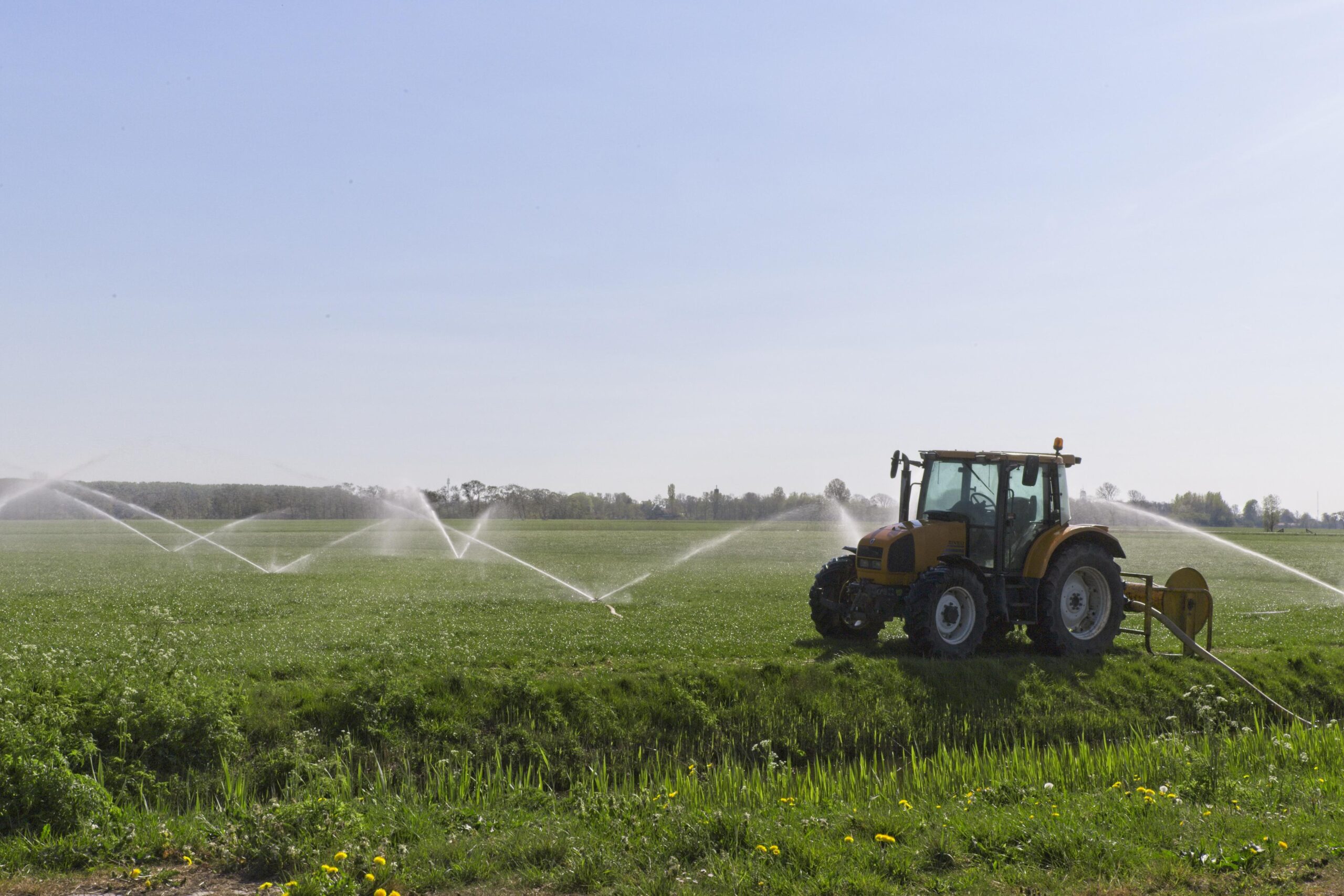Atualmente, segundo dados da Organização Mundial de Saúde, um terço da população mundial não tem acesso à água potável. Estudos recentes apontam que no ano de 2030, metade da população ficará sem acesso, sendo que a demanda por água vai superar a oferta em mais de 40% (ONU, 2015). Já em 2050, a necessidade ficará ainda mais evidente, pois a demanda crescerá 55%, enquanto a população mundial chegará a 9 bilhões de pessoas (OCDE, 2013).
Estima-se que 97,5% da água existente no mundo é salgada e não é adequada ao nosso consumo direto nem à irrigação da plantação. Dos 2,5% de água doce, 69% é de difícil acesso, pois está concentrada nas geleiras, 30% são águas subterrâneas (armazenadas em aquíferos) e apenas 1% encontra-se nos rios (ANA, 2018).
A carência tanto no acesso quanto na qualidade da água evidencia os impasses na saúde pública em áreas vulneráveis: 1,8 bilhão de pessoas consomem água de fontes que não são protegidas. Mais de 80% das águas residuais geradas por atividades do homem — incluindo o esgoto caseiro — são despejadas no meio ambiente sem serem tratadas ou reutilizadas (ONU, 2018).
Dados apresentados no ano de 2013 pela UNICEF reportaram que aproximadamente 3,5 milhões de mortes no mundo são causadas por doenças relacionadas à baixa qualidade da água consumida, doenças essas como cólera, amebíase, hepatite A e doenças diarreicas agudas. Já em 2015, estudos da UNICEF apontaram que mais de 180 milhões de pessoas não têm acesso aos serviços básicos de água potável nos países em constantes conflitos de guerra como Síria, Iêmen, Nigéria, Somália e Sudão do Sul.
O setor industrial é responsável pela utilização de 20% dos recursos hídricos, sendo que os setores de fabricação de alimentos; bebidas; papel, celulose; metalurgia; produtos químicos e biocombustíveis são responsáveis por 85% da retirada de água para o industrial (ANA, 2017). Para o setor produtivo a necessidade de água nas próximas décadas será ainda maior, pois a demanda global por água do setor deve aumentar cerca de 400% até 2050. Em escopo mundial, importantes aumentos da demanda de água estão previstos para a indústria de fármacos e alimentícia, segundo dados levantados pela UNESCO em 2017. Já no Brasil, atualmente, a cada segundo, são retirados dos rios 2,3 milhões de litros para uso industrial, sendo que a maior parte é destinada à fabricação de bebidas, alimentos e cosméticos.
Entretanto, os dados ficam ainda mais evidentes no setor agrícola: o setor é o principal responsável pelas captações de água em todo o mundo, correspondendo a 70% do volume hídrico utilizado (Confederação Nacional das Indústrias, 2016). Embora o Brasil seja o quarto maior produtor de grãos, o país é o segundo maior exportador do mundo, com 19% do mercado internacional. E, segundo um levantamento realizado pela Empresa Brasileira de Pesquisa Agropecuária (Embrapa), nos próximos cinco anos o Brasil poderá se tornar o maior exportador mundial de grãos. Atualmente, o país já é responsável por produzir uma quantidade de alimentos que atende mais de 800 milhões de pessoas ao redor do planeta.
Desta maneira, o manejo inteligente de recursos hídricos no setor do agronegócio corrobora com a minimização do consumo de água para a produção de alimentos e a otimização do volume das safras, tornando-se promissor tanto como uma solução sustentável quanto em um viés econômico, trazendo também benefícios para a saúde humana e ambiental.
Ainda no contexto de produção agrícola, diferentes tecnologias já existem no mercado que visam melhorar a gestão hídrica: O primeiro exemplo são os sistemas para captação de água pluvial, ou seja, grandes estruturas formadas por cisternas que coletam a água, que posteriormente pode ou não ser filtrada utilizando métodos tradicionais de remoção de impurezas utilizando agentes neutralizantes – como carvão ativado ou luz ultravioleta – sendo então armazenada e distribuída pela propriedade.
Uma segunda abordagem são as grandes obras de transposição de rios, lagos e lagoas que beneficiam principalmente os grandes produtores, porém em contrapartida provocam desmatamento, desertificação e perda da biodiversidade. Neste segmento pode-se citar também a construção de barragens, uma estrutura transversal ao fluxo de água que cria um reservatório artificial para abastecimento da propriedade.
Uma terceira tecnologia são os dispositivos de dessalinização de água marítima e salobra que podem beneficiar as propriedades na região costeira do país. O processo de dessalinização já ocorre em países majoritariamente ricos, como Arábia Saudita, Emirados Árabes Unidos, Estados Unidos, Espanha, Kuwait e Japão. Os processos de dessalinização que existem podem ser divididos nas seguintes categorias: destilação, congelamento, eletrodiálise e osmose reversa.
No processo de destilação, a água é aquecida até atingir seu ponto de ebulição e, com isso, o vapor é conduzido até um condensador, separando água pura dos sais que ficam no recipiente original. De maneira análoga, o processo de congelamento conta com o resfriamento da água e, por conta da diferença entre o ponto de solidificação entre a substância pura e sua solução, os sais são separados da água. Já a eletrodiálise é um processo que separa os íons (ânions e cátions) de soluções aquosas na presença de um campo elétrico através de uma membrana semipermeável, separando, apenas, os sais da água. Por fim, a osmose reversa ocorre por meio da pressão e da presença de uma membrana semipermeável que retém o soluto, nesse processo, além de eliminar os sais da água, são eliminados fungos, bactérias e vírus.
E por fim, uma quarta possibilidade é a utilização de sistemas inteligentes de irrigação, técnica que objetiva fornecer água de forma controlada junto à plantação diretamente em suas raízes, a partir do gotejamento de água retida sob pressão em tubos subterrâneos. Assim, as culturas recebem recursos hídricos no local certo, no momento oportuno e na vazão necessária, melhorando a qualidade da safra e reduzindo o desperdício de água.
Guiada por um forte sentimento de responsabilidade ambiental, a Quasar Space oferece soluções visando reduzir o consumo de água para grandes e pequenos produtores. Por meio de nossa linha Cygnus de sensores e do monitoramento remoto por imagens satelitais, avalia-se a quantidade e qualidade de água no solo, possibilitando detectar falhas hídricas, vazamentos e mensurar o volume de água necessário para irrigação de cada talhão da plantação em um instante escolhido. Simultaneamente, o emprego de dispositivos especializados permite a implementação de um regime de irrigação inteligente: o equipamento, além de medir o consumo de água, utiliza os dados coletados pela Cygnus e por satélites para irrigar precisamente o solo de modo autônomo.

